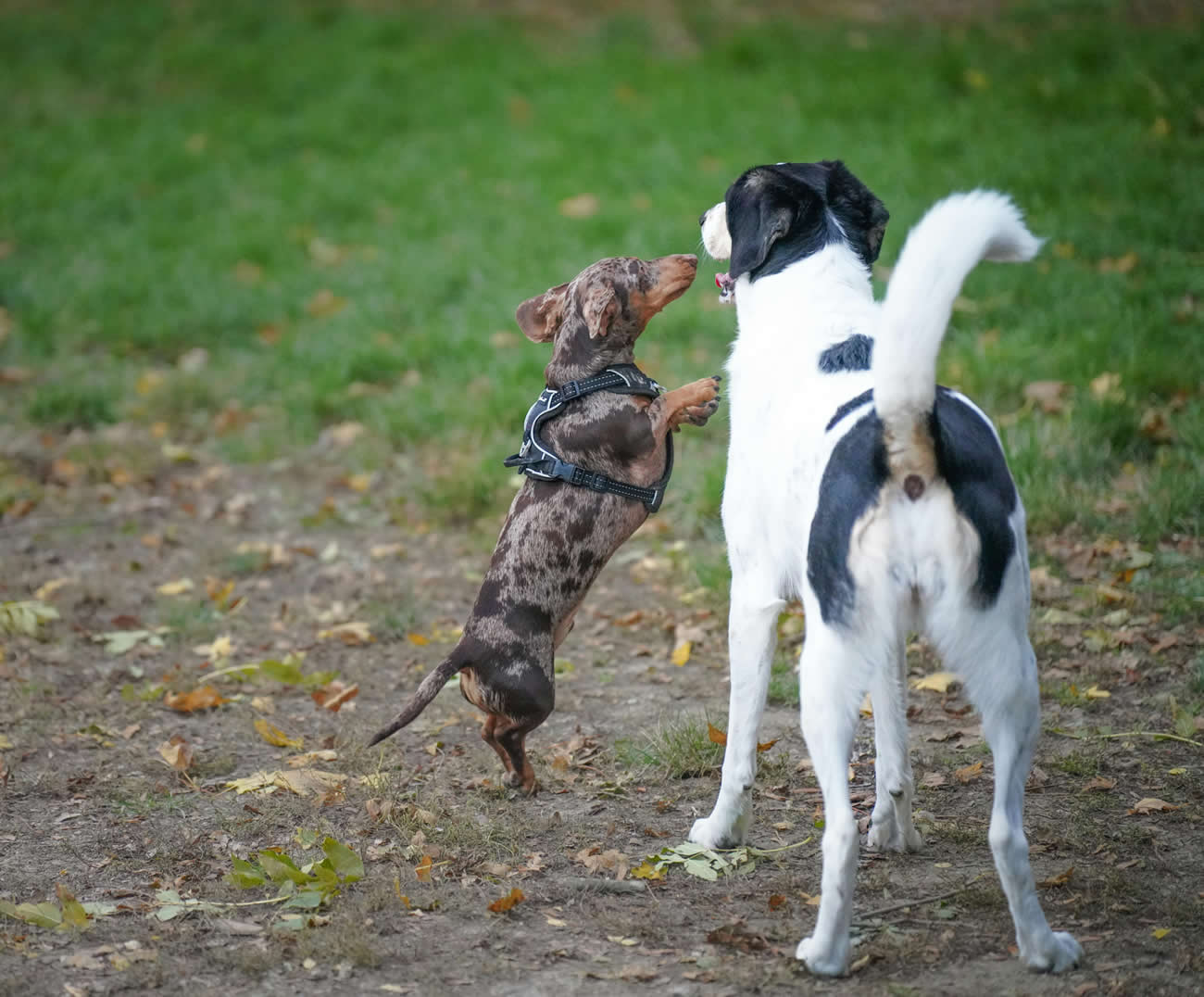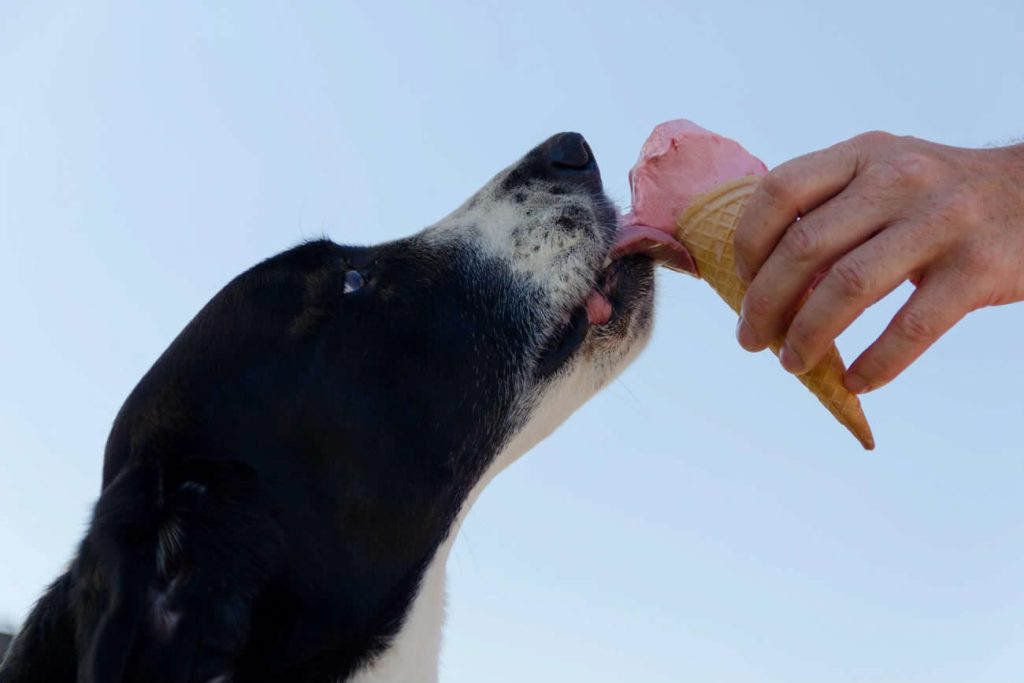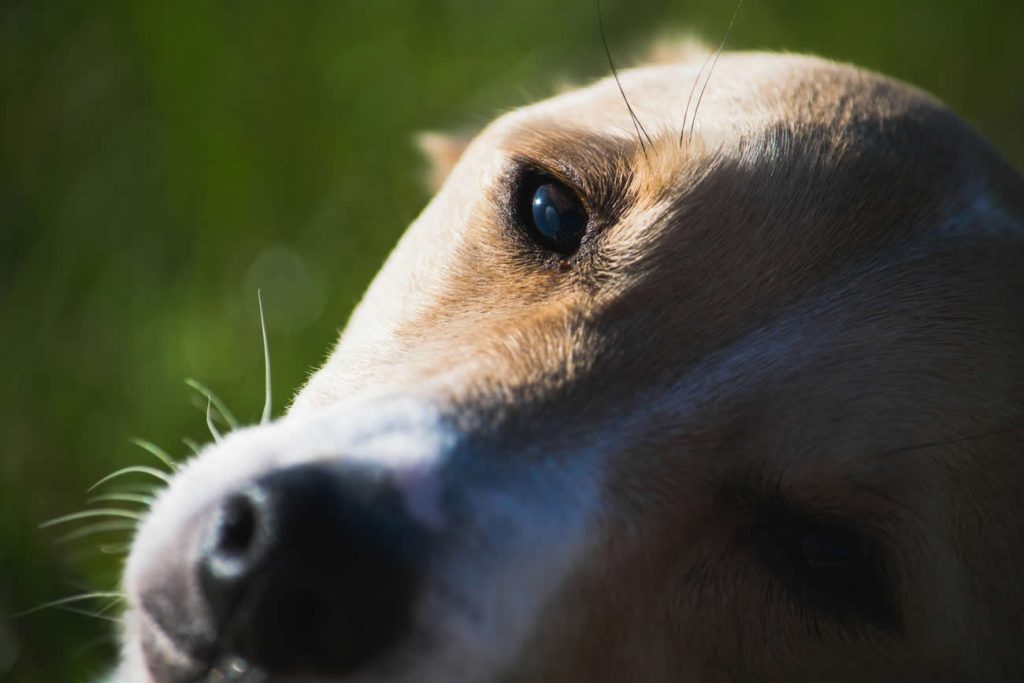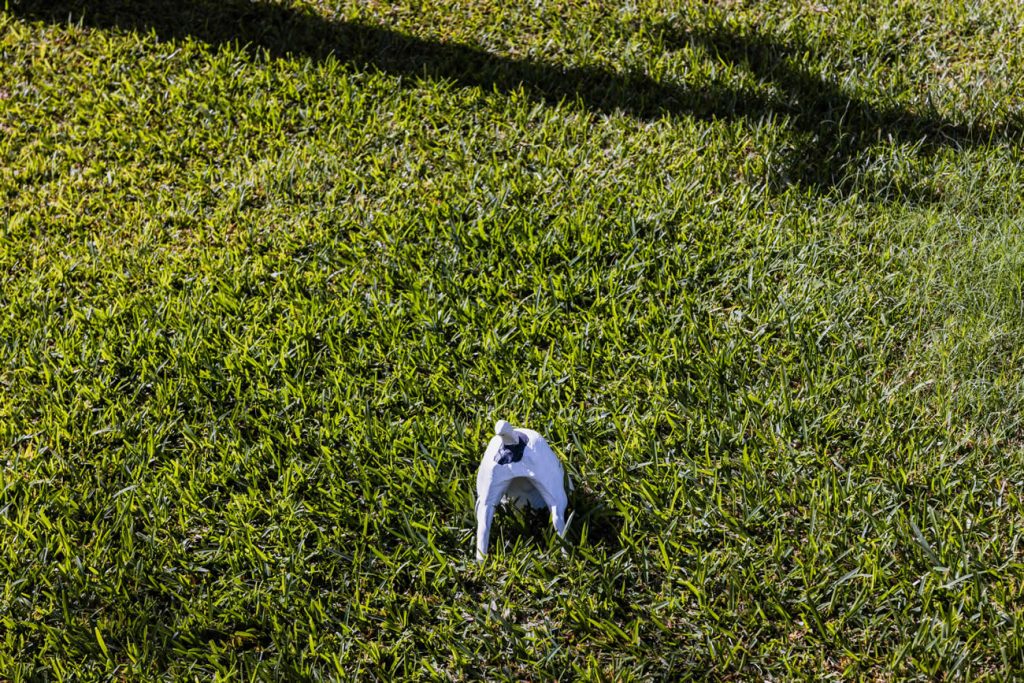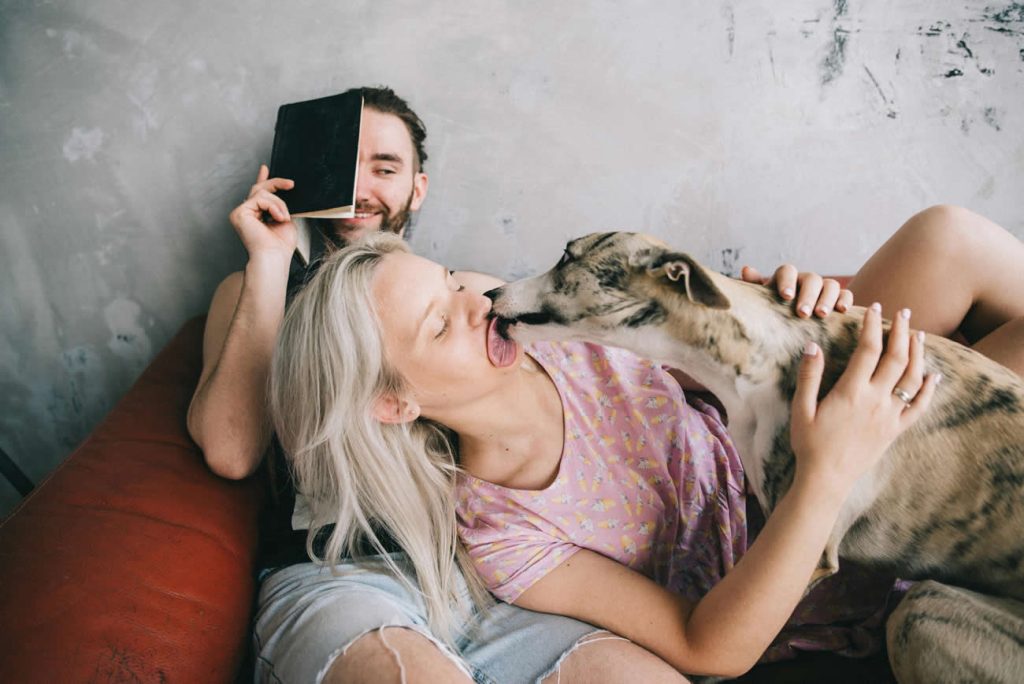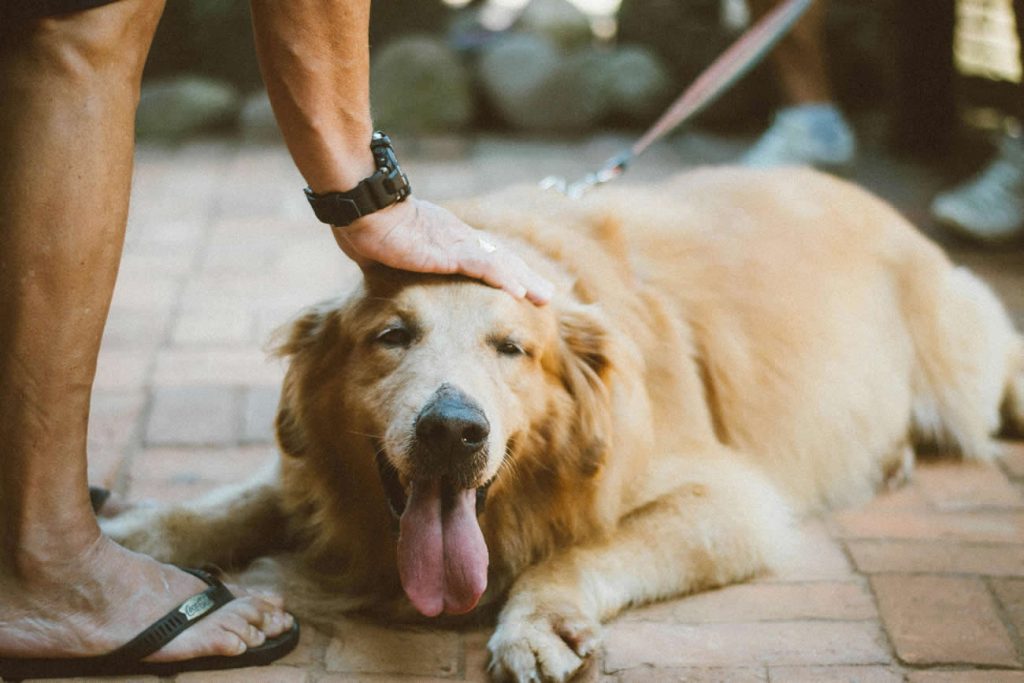While it seems like a friendly gesture, there’s more to tail-wagging than meets the eye.
Tail-wagging is one of those things that most of us think we understand. After all, dogs have been doing it for centuries. But do we really know what they mean when they wag their tails?
The short answer is no, but there is some truth to popular beliefs about tail-wagging. Read on for more information about what your dog’s tail is trying to tell you!
Most people have seen a dog wag its tail, but why does it happen? The answer is that dogs wag their tails as a form of communication.
Dogs use their tails to tell other dogs and humans how they feel about different situations. The more you are able to understand what your dog’s tail is telling you, the better your relationship with your four-legged friend will be!
When do dogs wag their tails?
A dog’s tail can express many different emotions—some good and some not so good.
The most common situation where dogs will wag their tails is when they are happy to see someone they know or love. A second situation where dogs will typically wag their tails is when they are scared or unsure of something that has just happened. This may include hearing fireworks or being around strangers who have just come over to visit your home. If you notice your dog wagging its tail while in either of these situations, don’t worry; this usually means that everything is okay and your pup isn’t feeling threatened by what’s going on around them.
There are a lot of reasons why dogs wag their tails. For example, they might be excited to see you and want your attention. Or they may be frustrated because they can’t find something they’re looking for.
Dogs wag their tails as a friendly greeting. They can also use it to show submission, which is similar to a human smile. The dog is telling you that he’s not going to fight you or hurt you.
When a dog wags his tail quickly, it means that he’s excited or happy about something. When he wags his tail slowly or stops altogether, it can mean that he’s tired or upset about something.
According to Dr. Debbie Johnson, DVM at Vet Street, “Although the exact reason for this behavior isn’t known, there are several theories about why dogs wag their tails when they meet people or other animals.
One theory suggests that the tail acts as a rudder to help balance and control movement when running or jumping. Another theory is that the tail acts as a counterbalance by stabilizing the rear end during rapid turns or stops.”
Do Dogs Wag Their Tails On Purpose?
The wag of a tail is instinctive in dogs; it’s used as part of their varied communication with one another and with humans.
The primary purpose of a dog’s tail is to communicate with other dogs and people. The wag of the tail is used as an indicator of mood, but it can also convey different meanings. For example, a dog who is afraid will often flick its tail nervously from side to side. A happy dog will often hold its tail high and steady when greeting friends or strangers.
Despite the fact that tails were initially used for balance in the wild, they now serve mainly as communication tools between dogs and people.
Dogs use their tails to communicate with humans because they can’t speak, so we have to learn how they say things by watching them closely over time. Just like us, they can be shy or timid at times, but they’re also very playful when they want to be.
Do Dogs Wag Their Tails When Anxious?
Dogs wag their tails for a variety of reasons. A dog will wag his tail when he is happy, excited and when he sees you or another dog. He will also wag his tail when he is nervous or anxious.
When a dog is nervous or anxious his tail will shake more rapidly than usual. This is called ‘shaking anxiety’. It can also happen if your dog has been frightened by something in the past.
If you see your dog shaking and wagging his tail at the same time it is likely that he is feeling very anxious or scared about something in particular.
How Do Dogs Wag Their Tails?
Research has shown that dogs wag their tails to the right when they are happy or confident and to the left when they are frightened. It seems that people have always been fascinated by this quirk of canine behavior. But why does it happen? And why do dogs only wag their tails to the right?
Scientists have studied this question for decades, but there are still many unanswered questions about tail-wagging in dogs.
A study published in the journal Behavioural Processes showed that dogs’ tails move from side to side in direct correlation to the direction of their gaze. In other words, if your dog is looking at something on the left, he might wag his tail to the right. And if your dog is looking at something on the right, he might wag his tail to the left.
Conclusion
Dogs wag their tails for a variety of reasons, including:
- Happiness: A dog that is wagging its tail quickly and vigorously is likely happy or excited. This is often seen when a dog is greeting its owner, playing with a toy, or about to go for a walk.
- Greeting: When a dog wags its tail at another dog or person, it is often a sign of greeting or submission. This is because the dog is lowering its body and exposing its belly, which is a vulnerable position.
- Arousal: A dog that is wagging its tail in a slow, stiff manner is likely aroused or anxious. This is often seen when a dog is in a new or unfamiliar environment or when it is around other dogs that it does not know.
- Warning: A dog that is wagging its tail low and close to its body is likely feeling threatened or aggressive. This is a warning to other dogs or people to stay away.
The direction of a dog’s tail wag can also be a clue to its mood. A dog that is wagging its tail to the right is typically feeling more relaxed and friendly, while a dog that is wagging its tail to the left is typically feeling more stressed or anxious.
It is important to note that the meaning of a dog’s tail wag can vary depending on the individual dog, the situation, and the context. For example, a dog that is wagging its tail quickly and vigorously may be feeling happy or excited, but it could also be feeling threatened or aggressive. It is always best to err on the side of caution and take a closer look at the dog’s body language to get a better sense of its mood.

